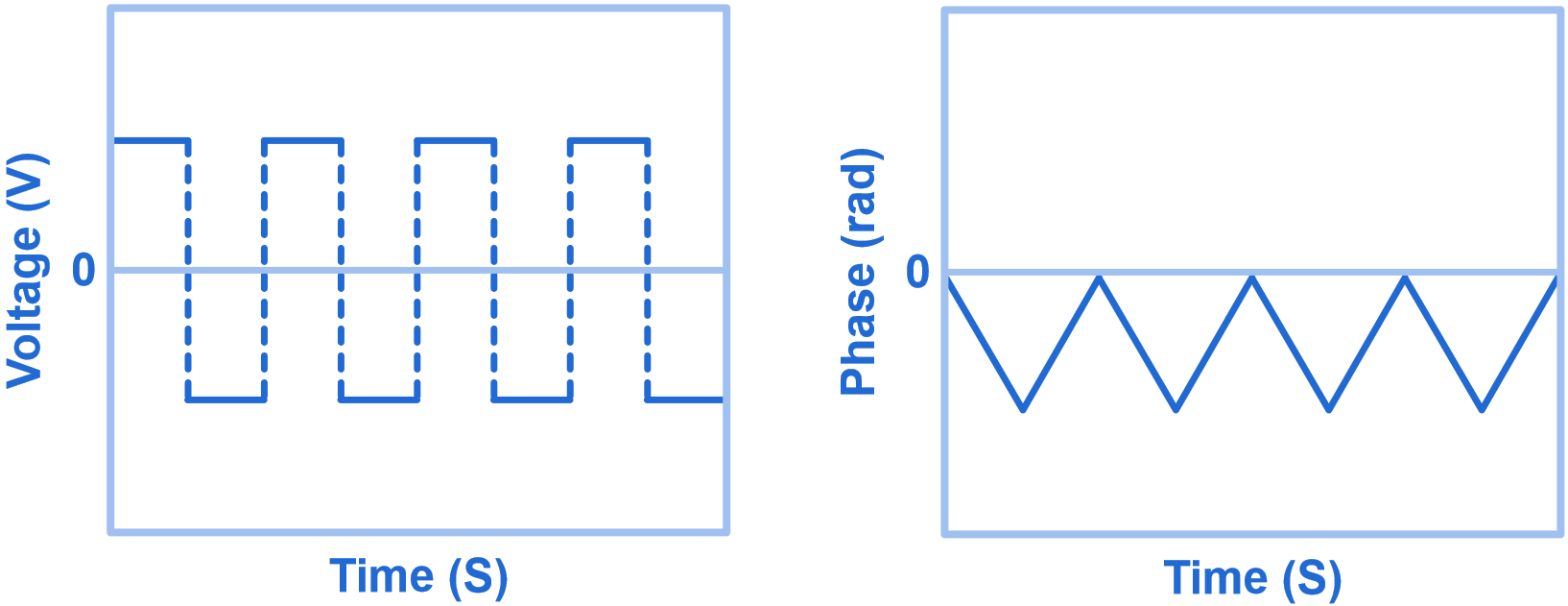What is phase analysis light scattering (PALS)?
2023-07-14WIKI
Laser Doppler electrophoresis (LDE) is commonly used in electrophoretic light scattering (ELS) to measure the electrophoretic mobility and zeta potential. Recently, a more sensitive technique, phase analysis light scattering (PALS), has been developed to analyze the beat signals by measuring the phase shift instead of the frequency shift. PALS can provide more accurate results, especially for low electrophoretic mobility samples.
An alternating voltage is applied to the sample to change the electrophoresis directions of charged particles in an ELS measurement. PALS is utilized to detect the change in phases of scattered light with respect to time. The slope of the phase plot is proportional to the frequency shift ∆⨍ .

The relationship between electrophoretic mobility µ and frequency shift ∆⨍ is described as follows:
Henry’s equation relates to the electrophoretic mobility µ and zeta potential ζ :
where ε0 is the solvent dielectric constant in a vacuum, εr is the relative dielectric constant, η is the solvent viscosity, ⨍(ka) is the Henry function, k is the reciprocal Debye length, a is the particle radius, and ka refers to the ratio between the thickness of the electrical double layer and the particle radius.




